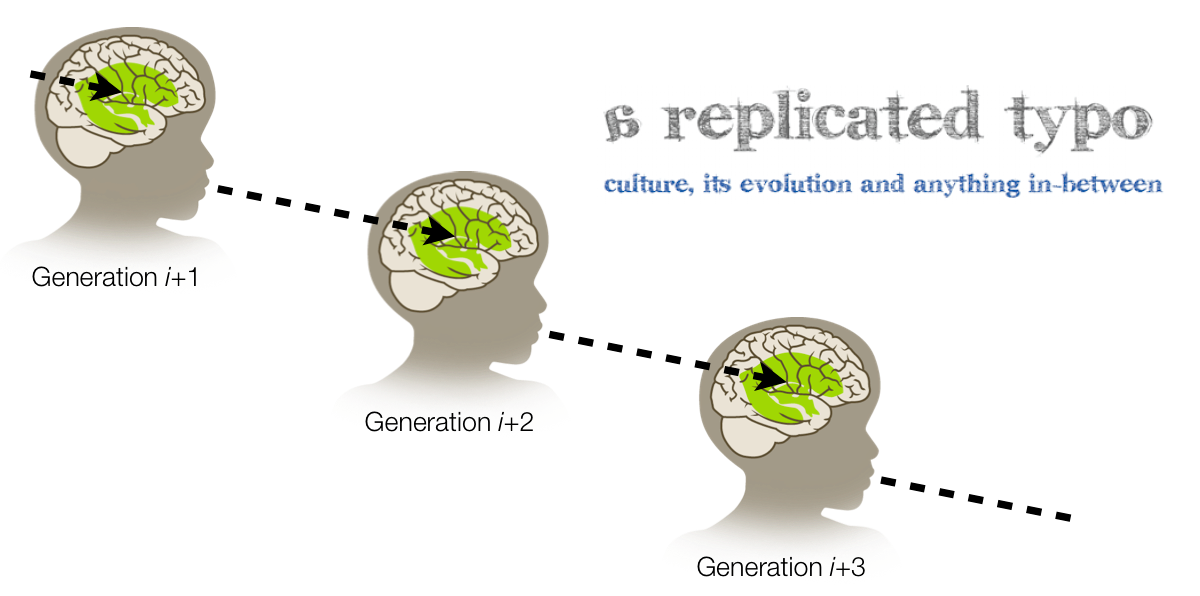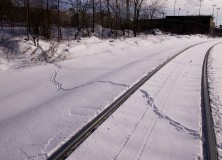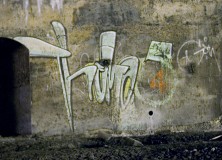About two years ago Wintz placed a comment on Replicated Typo’s About page in which he lists several papers that make good background reading for someone new to the study of linguistic and cultural evolution. I’ve just blitzed my way through one of them, Language is a Complex Adaptive System (PDF) by Beckner et al (2009)*, and have selected some excerpts for comment.
The point of this exercise is to contrast the way things look to a young scholar starting out now with the way they would have looked to a scholar starting out back in the ancient days of the 1960s, which is when both Dennett and I started out (though he’s a few years older than I am). The obvious difference is that, for all practical purposes, there was no evolutionary study of language at the time. Historical linguistics, yes; evolutionary, no. So what I’m really contrasting is the way language looks now in view of evolutionary considerations and the way it looked back then in the wake of the so-called Chomsky revolution—which, of course, is still reverberating.**
Dennett’s thinking about cultural evolution, and memetics, is still grounded in the way things looked back then, the era of top-down, rule-based, hand-coded AI systems, also known as Good Old-Fashioned AI (GOFAI). In a recent interview he’s admitted that something was fundamentally wrong with that approach. He’s realized that individual neurons really cannot be treated as simple logical switches, but rather must be treated as quasi-autonomous sources of agency with some internal complexity. Alas, he doesn’t quite know what to do about it (I discuss this interview in Watch Out, Dan Dennett, Your Mind’s Changing Up on You!). I’m certainly not going to claim that I’ve got it figured out, I don’t. Nor am I aware of anyone that makes such a claim. But a number of us have been operating from assumptions quite different from those embodied in GOFAI and Language is a Complex Adaptive System gives a good précis of how the world looks from those different assumptions. Continue reading “Dennett Upside Down Cake: Thinking About Language Evolution in the 21st Century”










